Kalacakra interview
Kalacakra (the “c” is to be pronounced “tch”, like in “stitch”) is Tibetan and means “Wheel of time”, a name two friends from Duisburg in western Germany, who shared a flat in the borough of Hochfeld for one year, adopted for their musical venture. Claus Rauschenbach and Heinz Martin released mind-bending Crawling to Lhasa in 1974. Special thanks to Walter of “Garden of Delights”.
Where and when did you grow up? Was music a big part of your family life?
Heinz Martin: I was born 1949 in Remscheid. When my father died in 1957 we moved to my aunt in Duisburg. Music was not that big in the early years but became more prominent shortly before my father’s death. My mother had music lessons as a kid and played Bandonium and Piano but did not play much after she started a family with my father. It took her a while to start playing again. After I got my first guitar we played sometimes together, which was quite nice.
When did you begin playing music? What was your first instrument? Who were your major influences?
It must have been 1956 when I saw Freddy Quinn and Elvis play guitar on tv at my uncle’s house. I was fascinated with what I saw and wanted to emulate them. I did the moves and played air-guitar everywhere in the house until my mother had mercy with me and convinced my father to buy me a guitar for Christmas that year. After that I was lost to playing and enjoying music. When we moved to my aunt in Duisburg I really got in contact with music. My aunt – Tante Olga – was famous in the city because she owned several clubs in the port part of Duisburg where we lived. That part of town – Ruhrort – was vibrant, rough and full of different influences. There was a band playing in every club on any given day of the week. It was like the small cousin of places like St. Pauli in Hamburg or Liverpool. Being in Tante Olga’s bars and clubs, seeing a lot of bands made me want to be in one my self. So at age 10 I formed ‘a band’ with some of my friends in the neighborhood.
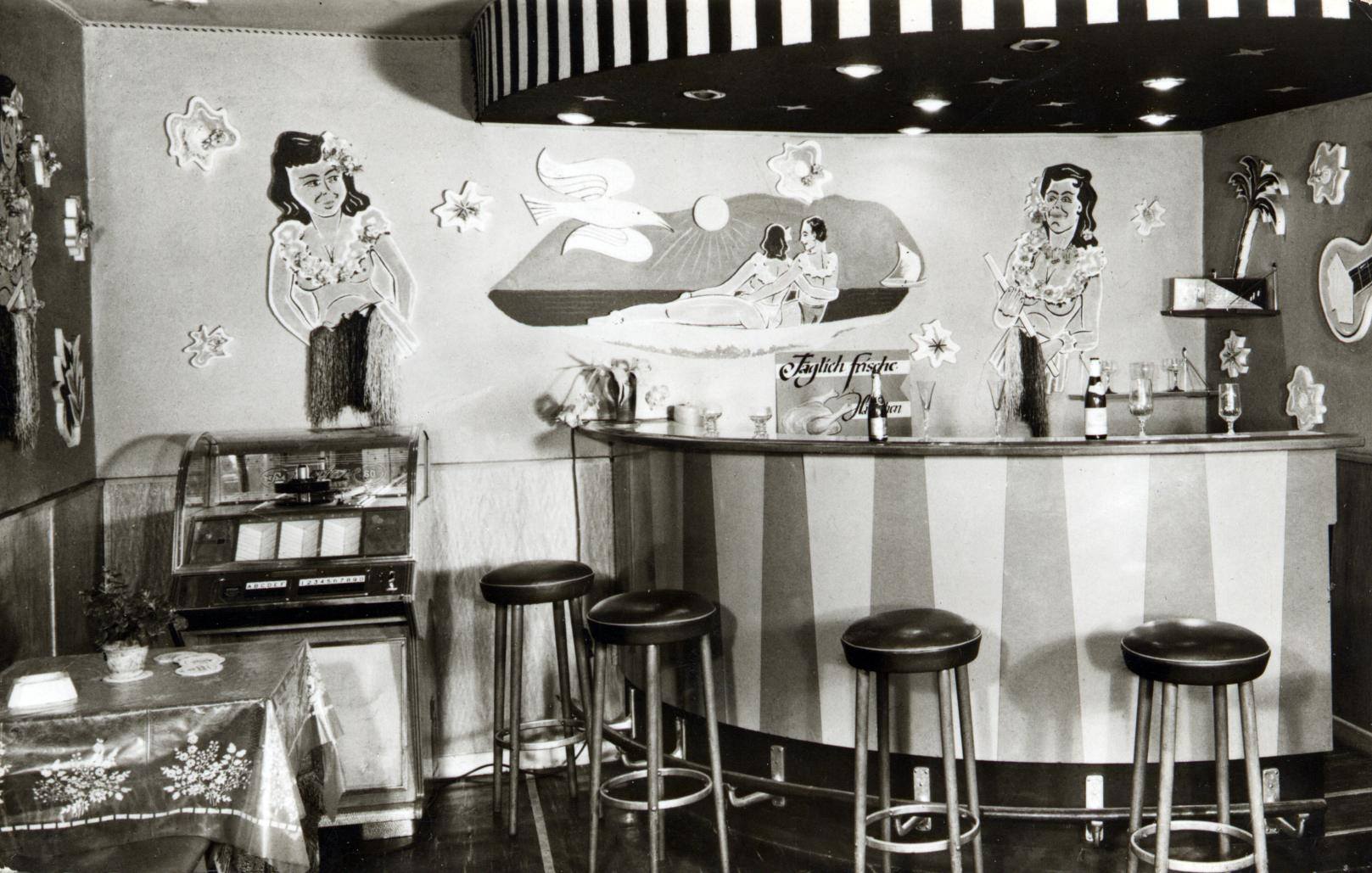
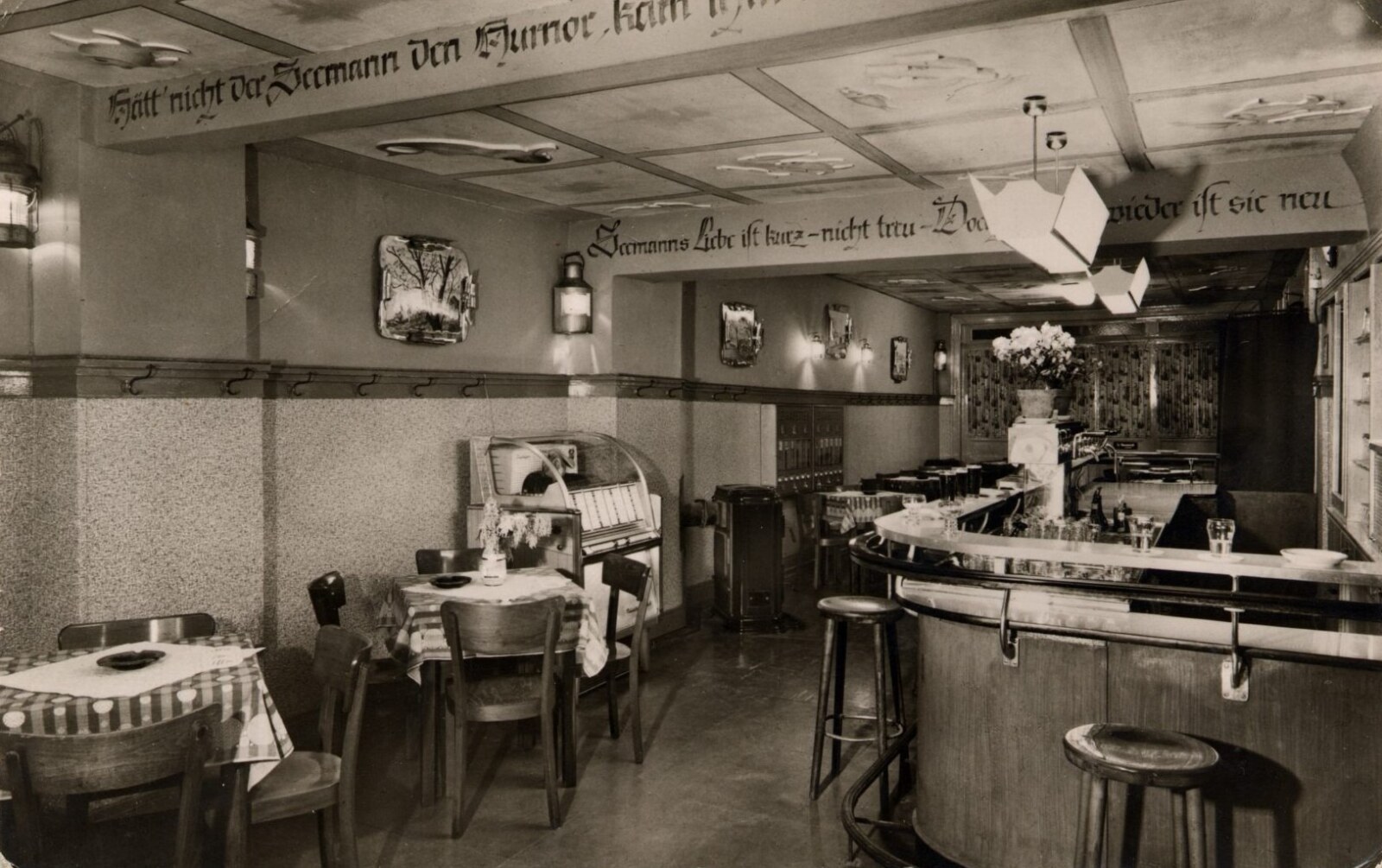
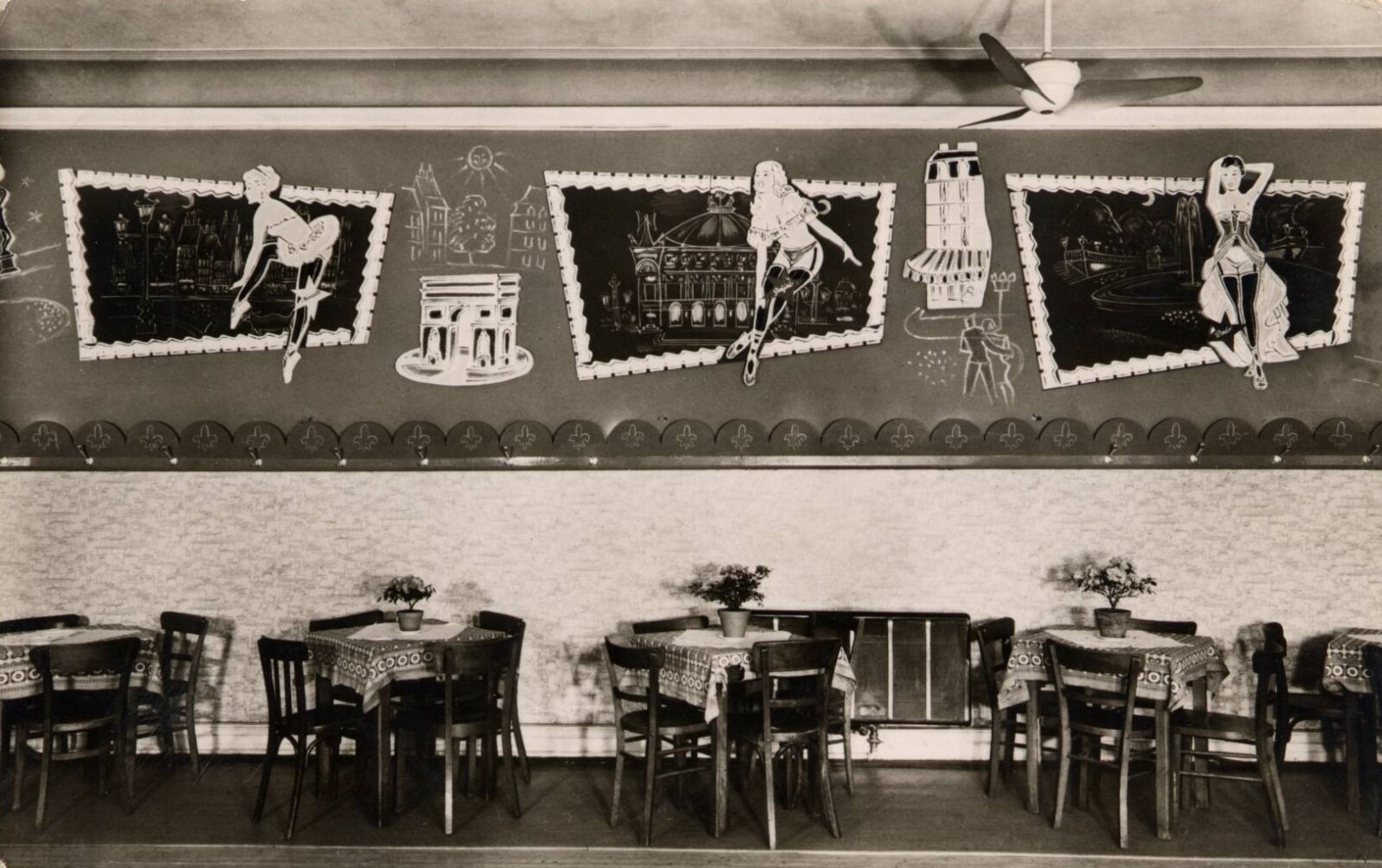
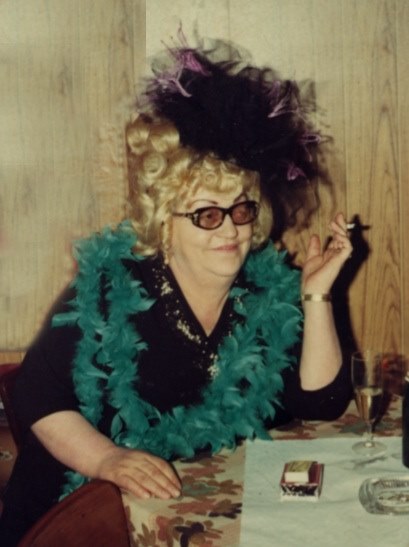
How would you describe the early counterculture scene in Germany in the late sixties and early seventies?
Sorry, but this is not a topic I could go in depth about. A lot of people – myself included – at that time were curious about India, Nepal and everything that had a spiritual vibe about it. I could not tell you exactly why. Being more focused on playing music as much as I could and getting better at it I never felt part of a scene or saw it as one to be honest.
“We were heavy influenced by Jimi Hendrix and Vanilla Fudge”
Were you in any bands prior to the formation of Kalacakra?
As mentioned earlier I formed my first band with friends at age 10. The first ‘real’ band that some other friends and I formed were ‘The Sonny Boys’ which we played in from 1960 until 1967. We mostly played beat music and emulated our musical influences. It was a funny time and we learned a lot about music and being a musician in that time. In 1967 the drummer and bass player of ‘The Sonny Boys’ and I formed a new band ‘Bellow Three’. We were heavy influenced by Jimi Hendrix and Vanilla Fudge at that time and stayed together until 1970. After that I took a break from being in bands for a while.
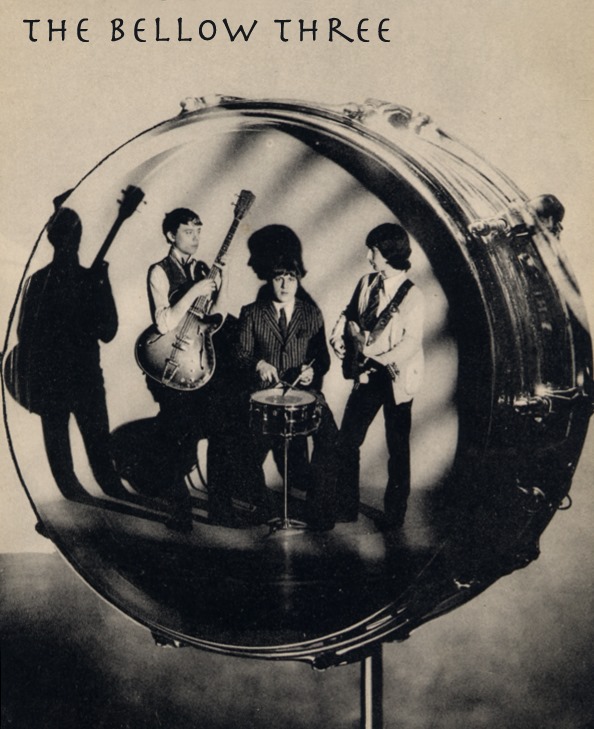
Where did you meet Claus Rauschenbach?
It must have been 1967 when we met in the Rock’n Roll Club, a music club my aunt Olga owned. He was one of the regulars there. We really got to know each other better when we both started living at a friends commune in 1972.
How did you decide to use the name ‘Kalacakra’, which probably refers to one of the main Tantric deities of Vajrayâna Buddhism and means wheel of time?
Yes, the name refers to the wheel of time in Buddhism. Influenced by the spirit at the time and the overall interest in anything from and about India, Nenal and far eastern that was omnipresent in the groups we moved around in, we read a lot of books about those topics. The word ‘Kalacakra’ just stuck with us when reading about Indian spiritualism and we ran with it.
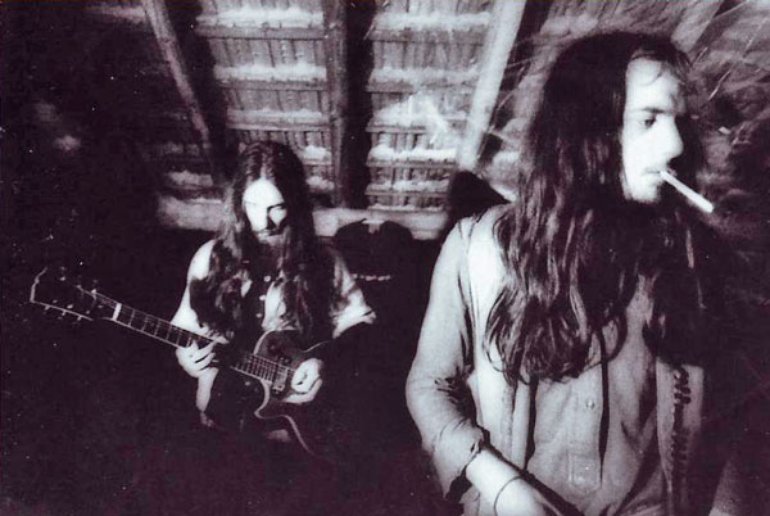
Can you elaborate the idea behind Kalacakra? Was there a concept behind it?
Just like the name being more of a coincidence the band had no real concept behind it. As said before, we were just interested in India and Buddhist ideas and eastern way of living – as were a lot of other people at that time. I started listening to Ravi Shankhar and Paul Horn shortly we started to get ‘serious’ with what later be called Kalacakra.
“Obviously what the Beatles put out at the time influenced Kalacakra but more so Paul Horn’s Inside and Ravi Shankhar’s music.”
You incorporated a lot of eastern influences.
When the Beatles went to India in 1968 it started a widespread interest into eastern mysticism and eastern music for me especially. This widespread interest and therefore new and huge availability of information and books and music from and about India and Persia was fascinating. Obviously what the Beatles put out at the time influenced Kalacakra but more so Paul Horn’s Inside and Ravi Shankhar’s music. Those sounds, the imagery and to be honest some drugs formed the core of what would become Crawling to Lhasa.
Did you play any gigs? How were you accepted by the audience and where did you play?
We only had two gigs. One was somewhere in Duisburg with Bröselmaschine and the other was as the opening act for a Moondog concert 1975 in Duisburg which I organised. I met Moondog in 1975 through a friend and took him around for nearly a year and organised things for him. It was a really great experience.
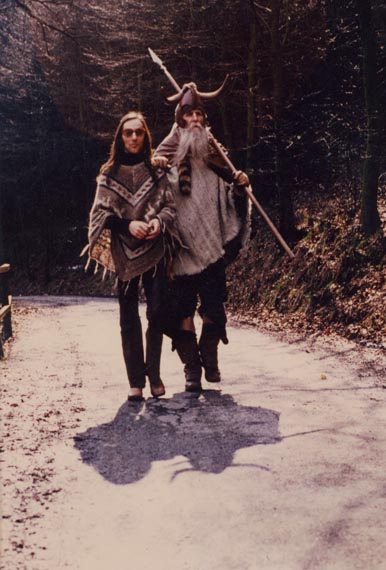
What influenced your sound?
At that time mainly Paul Horn and Ravi Shankar.
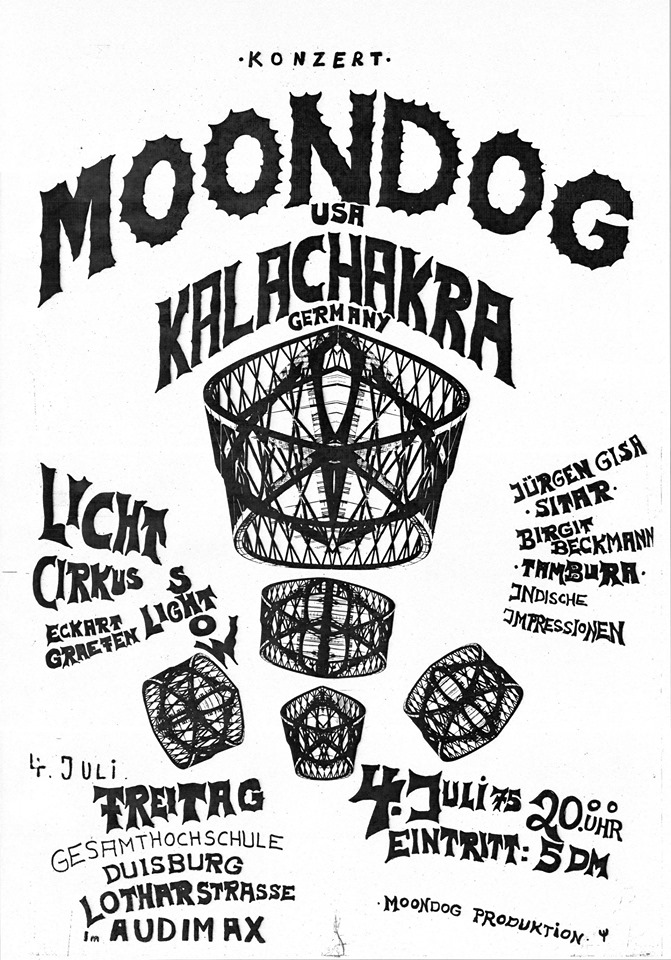
What’s the story behind Crawling To Lhasa? Where did you record it? What kind of equipment did you use and who was the producer? How many hours did you spend in the studio?
In 1970 I produced the demos at home with a Revox I bought before. A couple weeks later we got together with some friends who the borrowed us the money for production. We went to Düsseldorf and recorded the whole album in two days on an eight track at Studio Neubauer.
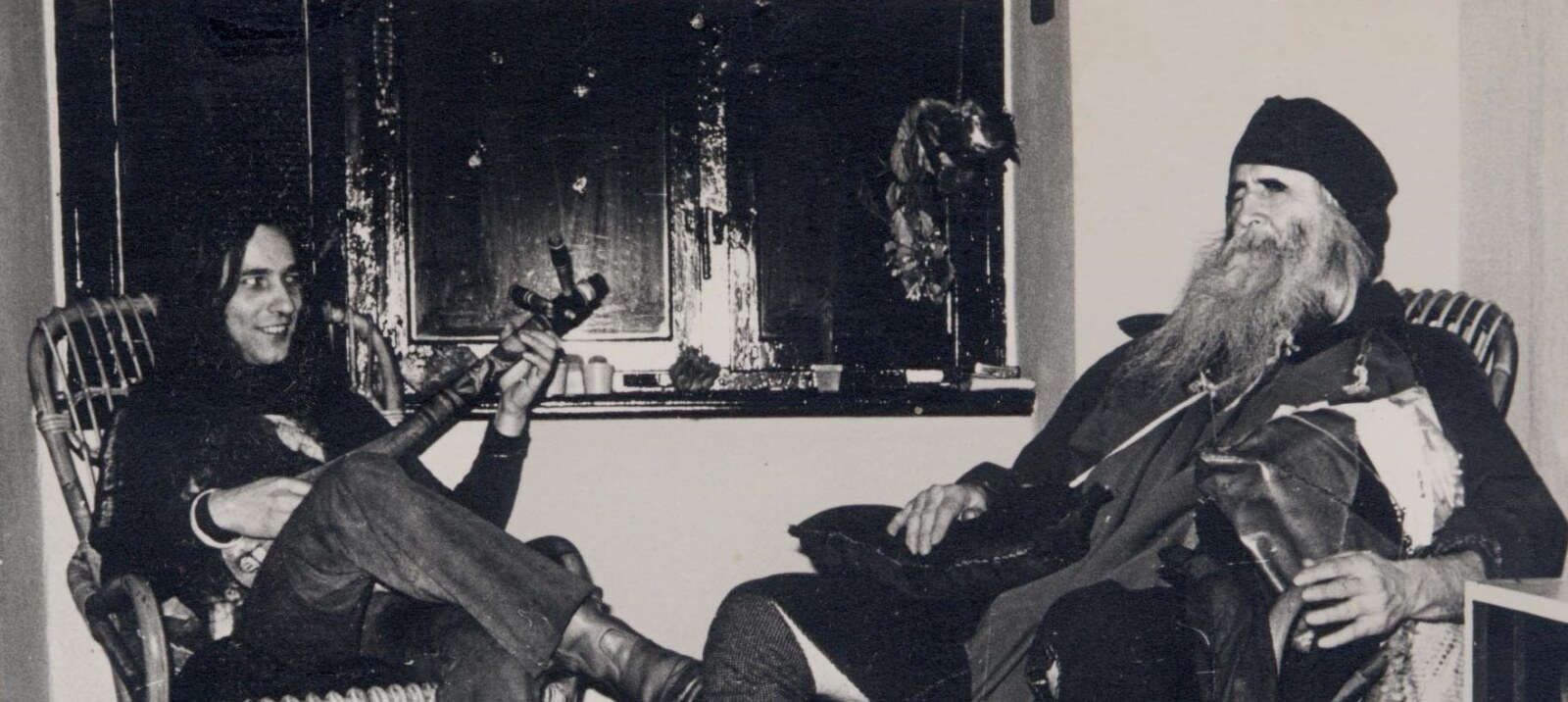
The album was self-released. Where did you press it and how many copies were made?
We did everything by ourself. 1000 copies were made at Presswerk Pallas.
Would you share your insight on the albums’ tracks?
There are two essential or album defining songs for me on this album:
“Nearby Shiras ”
The song was influenced by reading about this place – Shiras – in Persia where an outbreak of the black death was reported. Claus – high as a kite – wrote the lyrics on an old newspaper just moments before we started recording. Sometimes things like this song happen, where the music is right there, the lyrics just come together and a song is born. For me it is still to this day the best song on the album.
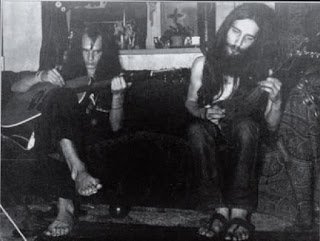
“Raga No. 11”
This is the other song I think best represents the sound I wanted to create on this album. I can’t remember why I named the song this way but I really like how the sound came together in the end.
It feels like the album has a concept behind it. Like a journey…
The is no real underlying concept behind the album. It it more or less inspired by the music we listened to at that time and wanted to recreate for ourself and the dream of taking a trip to Tibet. This shows especially strong in those two songs (mentioned before) but not that much in some of the other ones.
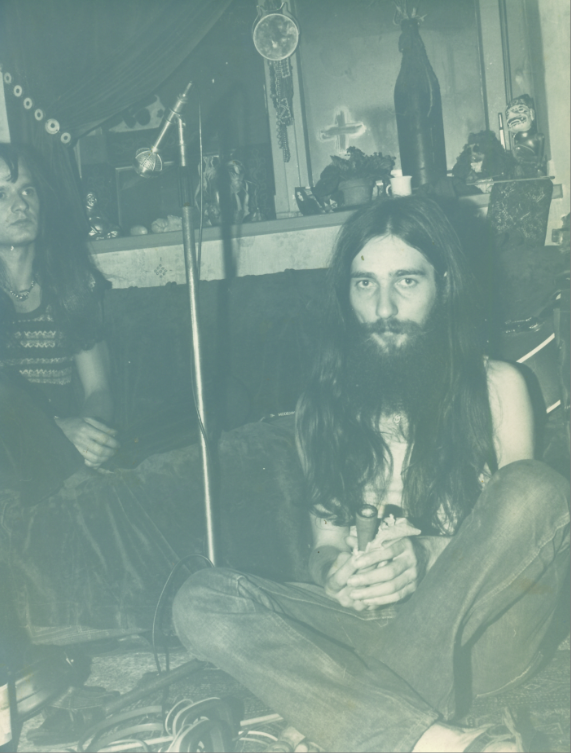
The atmosphere on the album is something I really admire.
For me today it is sometimes hard to listen to it. There are songs which define the sound I wanted to achieve (“Nearby Shira”, “Raga No.11”) and then there are others I can’t listen to today anymore. When I hear these songs I think of the missed chance of creating a more coherent sound for the album. I find it too mixed, like hit and miss.
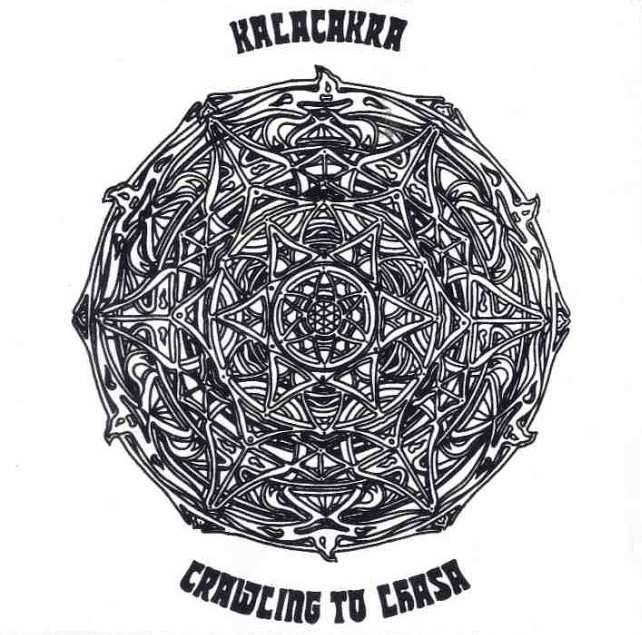
How did you do the cover artwork?
In 1971, Claus and myself and my girlfriend went on a holiday trip to Formentera where we met Dave. He was an artist from California who had the best LSD I ever took. We stayed in contact and when Dave continued his Eurotrip he visited us in Duisburg. He was always drawing, mostly Mandalas and other India inspired motives. When he visited us he made this drawing and gave it us as gift. We felt it matched perfectly with our music and made it the cover artwork then.
How pleased were you with the sound of the album? What, if anything, would you like to have been different from the finished product?
When we recorded the album I was more or less pleased. You are never pleased 100% but I felt it was as good as we could do at that time. In hindsight I would have done things different if i could.
The sound technician was vehemently against us using distorted guitars and other sounds because he thought other technicians would think less of him for producing this ‘unclean’ sound for our album. I had a lot of heated arguments which probably shaped the sound on this album, but in a bad way.
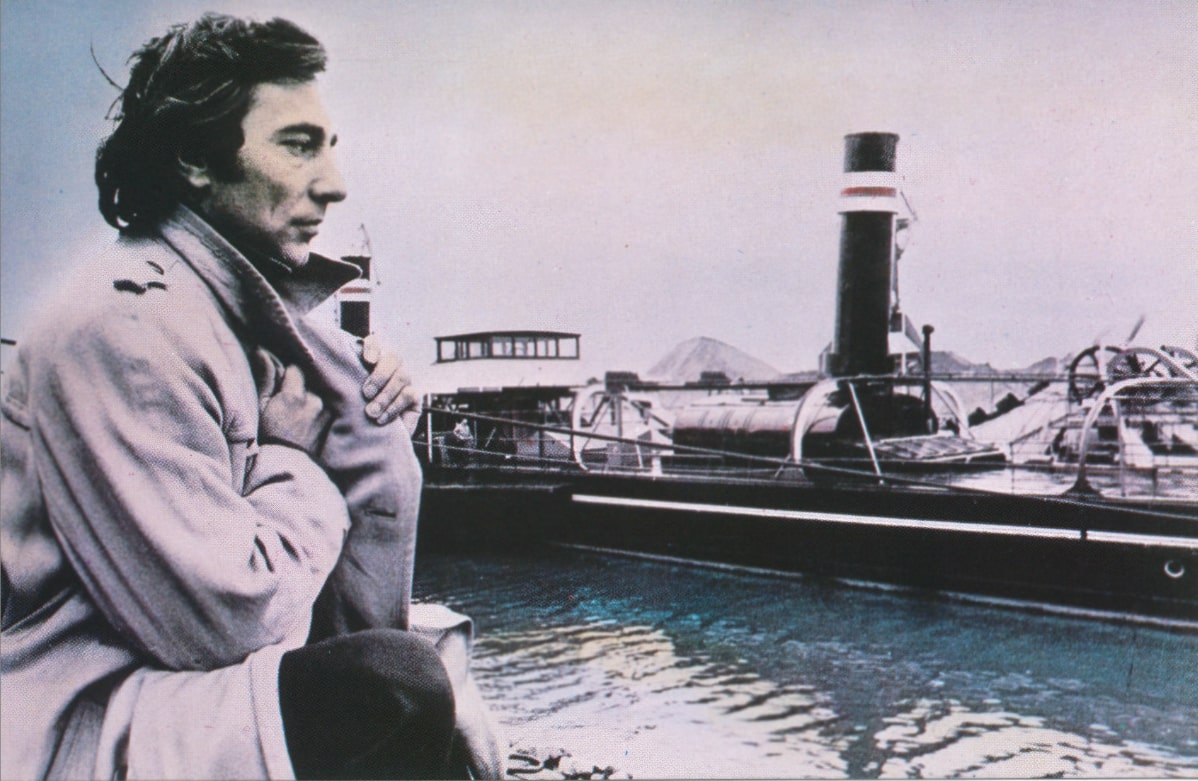
Were you friends with other bands from your town?
Not really. We had some contact with Bröselmaschine but not that much.
Is there any unreleased material?
No, there is no unreleased material.
While doing a research I found you also played with Christoph Mueller and also with a jazz rock band Prosper? Is this correct?
The name does not sound familiar, sorry. I did know the keyboarder from Prosper but never played with them.
In 2002 you recorded another album. Peace was your own effort.
In the years after the Crawling to Lhasa I went into different areas of music and just tried out new ways to express myself with music. In the 80s I had somehow commercial success with a project named ‘Profil’. It was very much 80s music but with my personal touch – that still carried my Kalacakra roots. Sometime in the late 90s – early 2000s I got into contact with Walter from Garden of Delights. He showed me how much interest there still was and is in the old album and what people were writing about it. This motivated me to think about my journey and the development of my personal sound and what Kalacakra would be like if we still were making music. 40 years after the first album is a long time, but i am very pleased with the outcome.
What currently occupies your life?
In 2016 I had a stroke which took me time to recover from. I am now more or less recovered but it made me realise some things about life. In the early phase after the stroke hit me, I was not able to play guitar or do some of the basic things in life. The drive to be able to play guitar, sing or just do the dishes was what got me to the point I am at right now. Since the stroke I produced music for special events in museums in Duisburg. Also I formed a Verein (registered association?) called Beathafen to revitalise the live music scene in Ruhrort, do music workshops and keep the history of Tante Olga alive. With Beathafen I organise music cruises on the Rhine where bands from friends and the newly reformed Sonny Boys with myself have a lot of fun.
After remastering and producing a picture disc version of my old Profil music, I started to work on the third and last Kalacakra album. If everything works out Respect will be out in 2020.
Let’s end this interview with some of your favourite albums. Have you found something new lately you would like to recommend to our readers?
I can not give you a list of my favourite albums because there is no such list. I tend to go back to some artist for inspiration or just plain pleasure but not to specific albums. Prince is an artist I really admire and where I discover new things to this day. I can listen to Chuck Berry everyday without getting bored. On An Island, the 2006 album from David Gilmour is probably the closest for me giving you a specific album title I really like and recommend. Other than that I (re)took an interest in baroque music which fascinates me a lot these days.
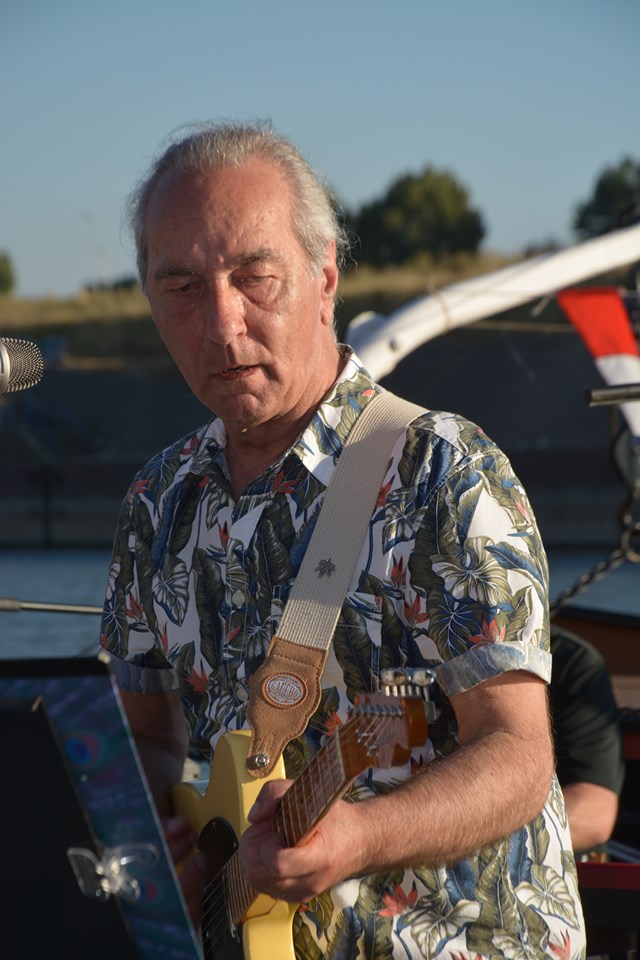
Thank you for taking your time. Last word is yours.
Music is what keeps me going and literally made me walk again. I will always look out for new and interesting sounds and artists that inspire me. I am not done with making music, even if it takes a long time between my albums.
– Klemen Breznikar




Good band and a pioneering one too. Should be mentioned and given more credit in the history of Krautrock and Experimental Rock.